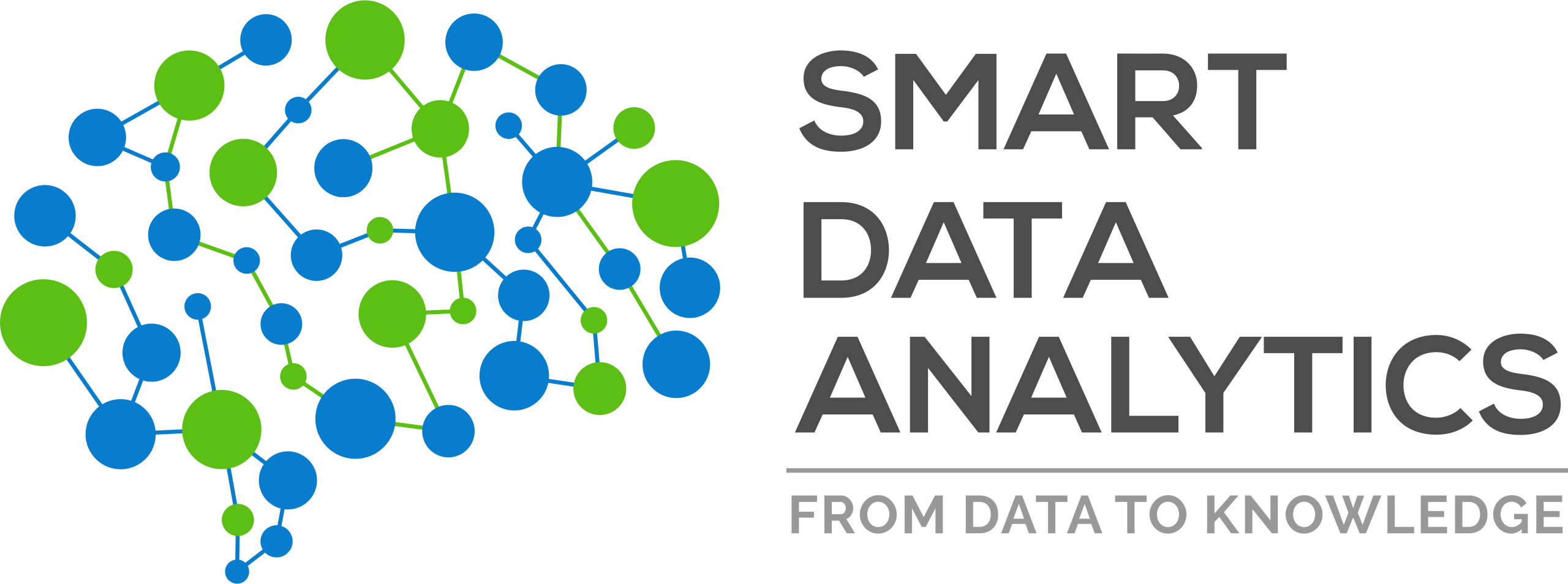 We are very pleased to announce that our group got a paper accepted for presentation at the AIAS 2019: The First Workshop on Artificial Intelligence and the Administrative State, which was held in conjunction with the 17th International Conference on AI and Law (ICAIL 2019) on Monday, 17 June 2019 in Montréal, Québec, Canada.
We are very pleased to announce that our group got a paper accepted for presentation at the AIAS 2019: The First Workshop on Artificial Intelligence and the Administrative State, which was held in conjunction with the 17th International Conference on AI and Law (ICAIL 2019) on Monday, 17 June 2019 in Montréal, Québec, Canada.
Recent advances in AI, Machine Learning, Human Language Technology, Network Science, and Human Factors analysis offer promising new approaches to improving the ability of all stakeholders, including agencies themselves, to operate within this complex regulatory environment. The scale of administrative states means that the benefits of automation have very high potential impact, both in improvements to government processes and in the delivery of services and benefits to citizens. At the same time, the black-box nature of many automated decision-making systems, particularly sub-symbolic AI components such as those generated by machine learning algorithms, can create considerable tension with the norms of transparency, accountability, and reason-giving that typically govern administrative action. Explainable, responsible, and trustworthy AI is vital for addressing these factors.
Here is the pre-print of the accepted paper with its abstract:
- “Towards Measuring Risk Factors in Privacy Policies” by Najmeh Mousavi Nejad, Damien Graux, and Diego Collarana.
Abstract: The ubiquitous availability of online services and mobile apps results in a rapid proliferation of contractual agreements in the form of privacy policies. Despite the importance of such consent forms, the majority of users tend to ignore them due to their content length and complexity. Thus, users might be consenting policies that are not aligned to regulations in laws such as the GDPR from the EU law. In this study, we propose a hybrid approach which measures a privacy policy’s risk factor applying both supervised deep learning and rule-based information extraction. Benefiting from an annotated dataset of 115 privacy policies, a deep learning component is first able to predict high-level categories for each paragraph. Then, a rule-based module extracts pre-defined attributes and their values, based on high-level classes. Finally, a privacy policy’s risk factor is computed based on these attribute values.

